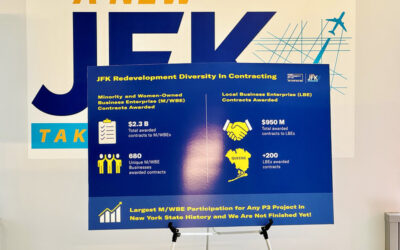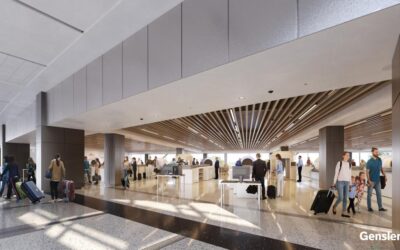
The cost of aviation security has skyrocketed over the past decade, and a
new report questions the efficacy of the expanded efforts to keep the
country free from aviation terrorism.
The “Efficient Aviation Security” report, from Santa Monica-based think
tank Rand Corporation, focuses on the costs and the benefits of aviation
security in the U.S. in the post 9/11 era. The report suggest that
spending more is not necessarily better, and that budgetary constraints
could force choices, helping to weed out ineffective spending.
“Constraints force choices, which in turn force evaluation to help
ensure that we are not spending limited national resources in ways that
are not achieving what they are intended to achieve,” the study’s
authors concluded.
Such an evaluation could pay dividends, the study added, not just in
reducing national expenditures but by increasing efficiencies, thus
making homeland security efforts more sustainable.
“When the system being protected is as valuable economically as
aviation, even a small reduction in its usefulness and value adds up
quickly,” says Brian Jackson, co-author of the report. Jackson says
aviation security is “potentially much more costly than might be
assumed,” and he notes that the public’s tolerance for inconvenience and
other security costs is “not inexhaustible.”
The costs of aviation security are difficult to assess and go far beyond
the actual money spent on equipment and labor, the report said. It
attempts to identify the largely intangible economic costs associated
with the reality that some security in place makes the system more
difficult to use.
The report estimates the tangible cost of aviation security at about
$6.5B in 2011, including both the aviation security line item and the
budget of the Federal Air Marshal Service. But it notes there are
additional expenditures made at state and local levels, mainly by
airport authorities, and by the private sector. In addition, there are
intangible costs associated with the time spent by passengers undergoing
security procedures. Those costs outside the federal government budget
are estimated at $7.4B annually.
Given the astronomical rise is costs, it is important to ensure that
efficiency is achieved and that adding more isn’t actually detrimental
to initial efforts, the report argues.
“In some cases, layers can reinforce each other and be more effective
than the sum of the individual measures on their own,” the study authors
write. “In others, they can interfere with one another and provide less
security together than they would have separately.” The study points to
efforts by security officers to detect suspicious behavior at
checkpoints, which may be made less effective if passenger agitation
about the security experience masks the indicators that officers are
attempting to detect.
“New layers on top of old are costly and can make the aviation system
more difficult for passengers and other users,” the report said.
The study also attempts to find potential cost reductions and
efficiencies. Researchers pointed to “trusted traveler” programs as
having the potential to increase efficiencies, and noted other
efficiencies could be achieved with a broad-based assessment into the
costs and benefits of today’s aviation security regimen.





